Select a topic
Explore environmental monitoring data and information for this region.
-
Air QualityClean, healthy air is important to all of us. Find out more about air quality in your region
-
Can I Swim Here?We have many rivers, lakes & beaches to swim in. Find out the water quality at sites near you
-
Estuary HealthEstuaries are unique places where rivers and streams meet the sea. Find out about estuaries in your region
-
Groundwater QualityGroundwater is one of our most valuable resources. Find out more about the quality of groundwater in your region
-
Lake QualityNew Zealand's lakes are renowned for their beauty. Find out about the quality of lakes in your region
-
Land CoverVegetation helps define our landscapes and their resilience. Find out more about land cover in your region
-
River QualityExplore river health for more than 1700 sites across New Zealand
-
Water QuantityWater supports our lives and livelihoods. Find out how much water is being used and for what
Explore actions underway to improve water quality from catchment groups and organisations in this region.

